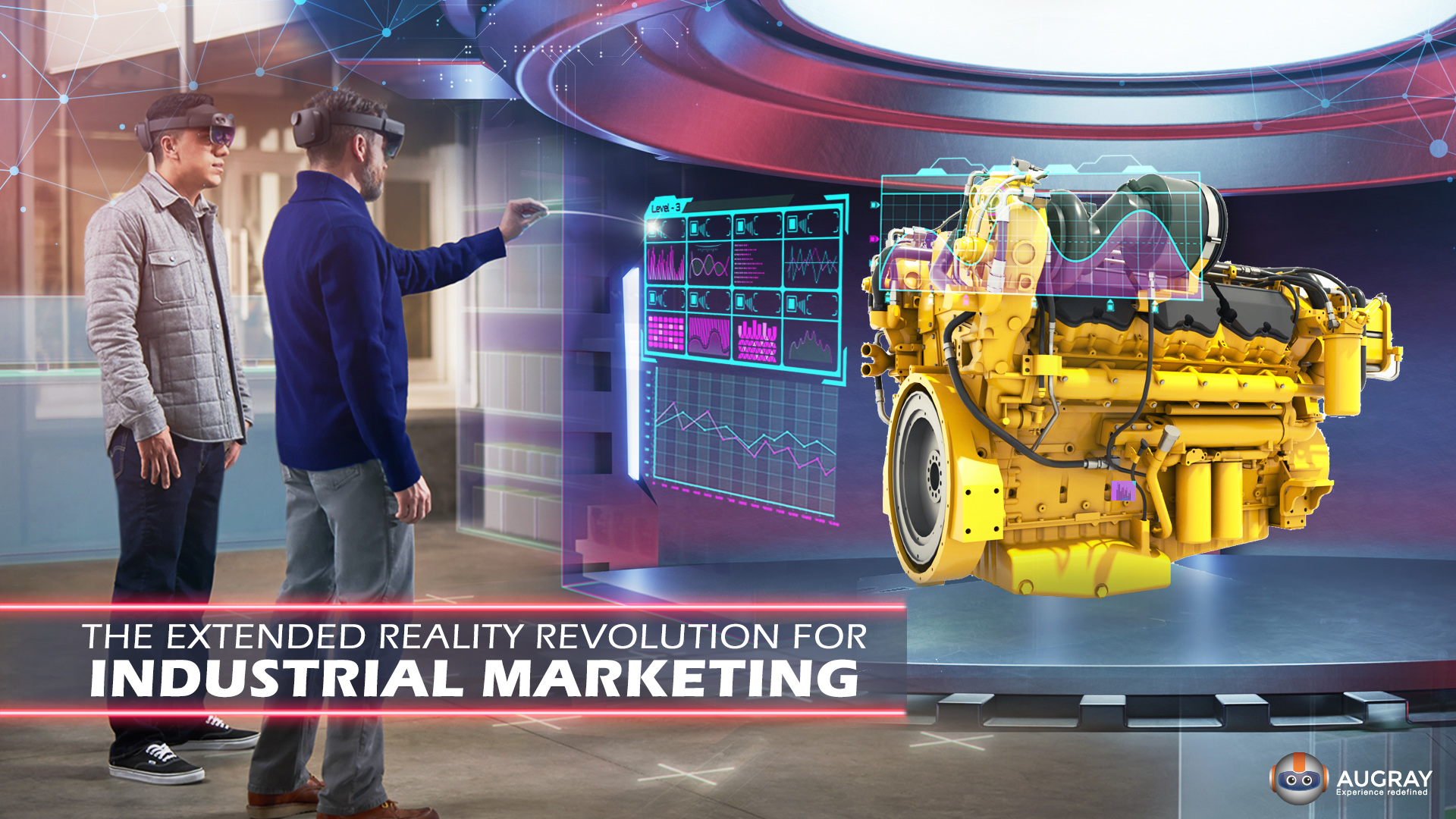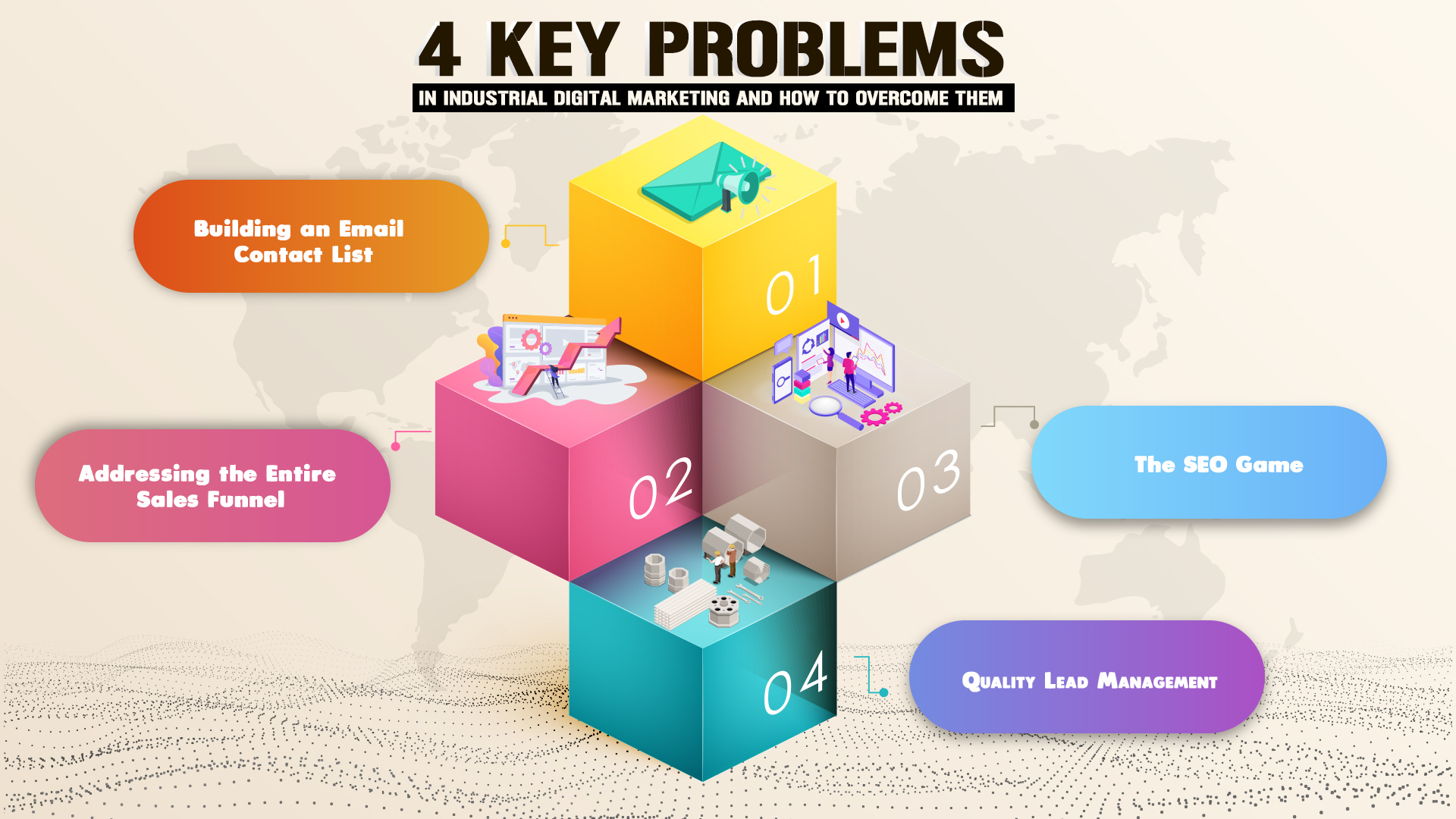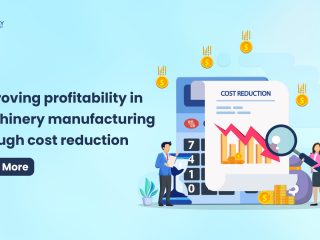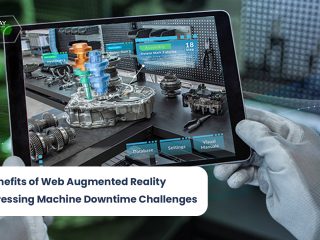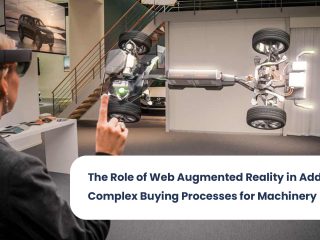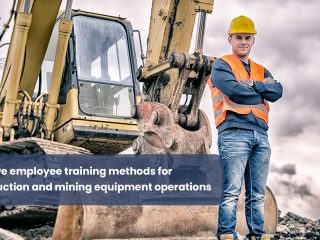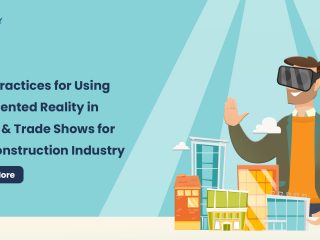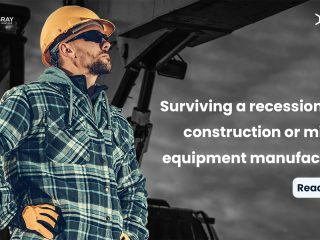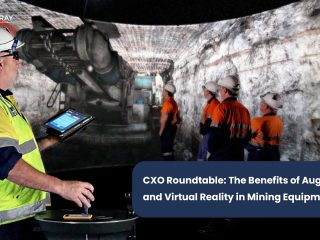The market for Augmented Reality (AR) and Virtual Reality (VR) has soared considerably in the past two years and is set to touch $70 billion by 2025. While the COVID pandemic, didn’t create the need for this revolution, it played a very key role in accelerating it. Manufacturers, owing to the restrictions imposed by the pandemic, were unable to transact business and build networks easily. This in turn created the need for a more effective outreach strategy, and organizations quickly climbed the XR bandwagon to make use of the plethora of benefits out forth by this exciting technology. Here are 5 ways in which AR and VR are revolutionizing the Industrial Marketing sector.
Industrial Marketing
This strategy has worked particularly well in the B2C and retail sectors and has immense potential in the Industrial Marketing Sector too. In B2B sales, organizations are particularly weary as they are unaware of the size, form, fit and functionality of the product. Letting people experience the product through 3D Visualization and animations helps the stakeholders in the organization make a clear-cut purchase decision.
For example, if an organisation is trying to sell a new type of gear to an automotive company, showing the organisation a virtual demonstration creates a higher impact than sending a mere brochure.
AR Based Tours and Assistance
When a large organization aims to make a high value or a high-volume purchase, they will want to have ample information about the seller before taking a purchase call. Creating AR based virtual tours of factories and industrial spaces goes a long way in cementing the organization in the minds of other B2B customers. Additionally, offering virtual factory tours helps in understanding the manufacturing processes and operations in the organization. It also helps potential customers subtly understand the capabilities of the organization and helps them reach out to the organization if they need any product or service that is within the ambit, but isn’t currently offered.
Customization and Modularity Options
Offering customized solutions offers B2B Organizations such as Original Equipment Manufacturers (OEMs) an edge over other organizations. Extended Reality solutions help these organizations offer a repertoire of customization options.
For instance, if a paint supplier aims to provide different color options to different automotive manufactures, providing them with metallic swatches may not be a viable option. In such a scenario, offering organizations options to visualize their cars in different colors and lighting helps them capture the interest of the automotive manufacturer.
Dynamic Presentations for Dynamic Organizations
Gone are the days when people transacted business through boring brochures and flyers. In todays world, even plain PowerPoint or Prezi presentations are passé. Organizations need to attract their audience and capture their interest. A Dynamic Presentation with cut animations detailing the minutiae of the components helps in capturing the buyer’s interest. Additionally, it also helps organizations visualize the product in their shop floor or assembly and thereby helps them make an informed purchase decision.
Indirect Marketing to End User
One way to ensure continuous orders and effective marketing in B2B organizations is to ensure that the end product (which makes use of the B2B organizations product) has good receptivity among customers. Using AR and VR to achieve this is a great idea to capture the interest of customers. For example, if an organization sells touch screens to mobile phone manufacturers, projecting the advantages of that particular product might make customers take note and purchase the end product, which in turn brings about successful marketing for the organization.
What Does B2B Industrial Marketing Derive from Extended Reality?
By 2022, the number of VR Experiences for B2B industrial marketing will account for over 40% of all digital experiences.
That is the power of VR Enabled Digital Marketing. As organizations become more innately aware of their requirements, they will want to engage with suppliers who fit their requirements more closely. Offering AR and VR based experiences that allow potential customers to visualize the product in real time helps organizations visualize the product or service, rather than imagine it. This considerably increases their faith in the product and drives marketing.
AR and VR act as visual storytelling tools and help organizations project their story, and the story of their product to their customers. It helps shorten the sales cycle by over 25% and eases the burden experienced by marketing and sales personnel.
If you already aren’t board the AR/VR Bandwagon, what are you waiting for?
References:
1. https://mbryonic.com/best-ar-marketing/
2. https://www.b2bmarketing.net/en-gb/free-downloadable-guides/6-great-examples-vr-and-ar-b2b-marketing
3. https://www.google.com/amp/s/arpost.co/2020/08/25/is-virtual-reality-the-next-big-break-for-b2b/amp/
4. https://www.iverbinden.com/digital-marketing-2020-harnessing-the-power-of-arvr-in-b2b-marketing.html
